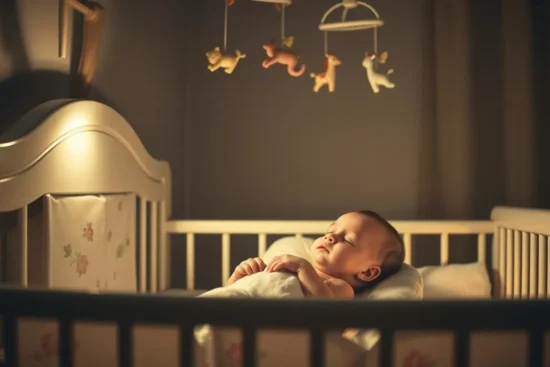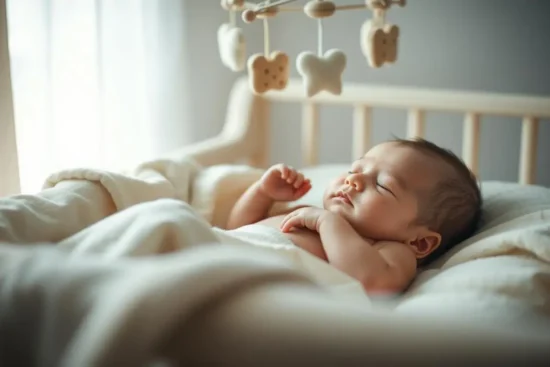
As a parent, knowing how to heat up baby food safely is key. It can seem tough, but with the right methods and tools, you can keep your baby’s food safe. This article will give you tips on warming baby purees and guide you through the process.
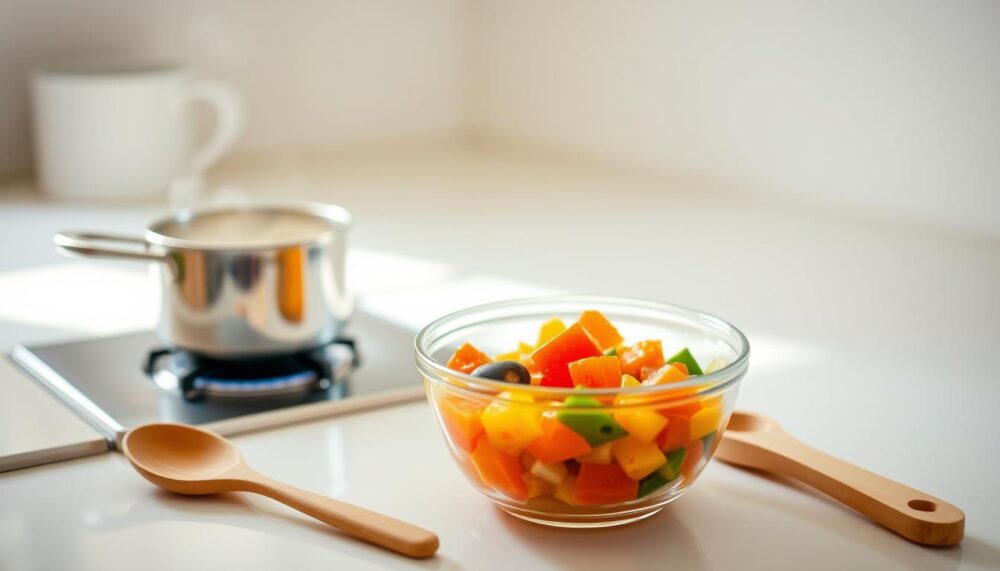
We aim to help parents make healthy, safe meals for their babies. We’ll talk about the importance of temperature control, the tools you need, and how to heat baby food. By following these tips, you can make sure your baby’s food is always safe.
Introduction to Baby Food Heating
Heating baby food needs careful attention and a basic grasp of food safety. You must consider the food type, the tools you use, and the heating temperature. By following these steps and using the right tools, you can keep your baby’s food safe and healthy.
Key Takeaways
- Always check the temperature of the baby food before serving
- Use the right equipment to heat up baby food
- Follow proper food safety guidelines to avoid foodborne illnesses
- Learn different methods for heating baby food, including how to warm baby purees
- Understand the importance of proper temperature control when heating baby food
- Keep baby food at a safe temperature to reduce the risk of foodborne illnesses
Understanding Baby Food Temperature Safety
Heating baby meals safely is key to avoid foodborne illnesses. The American Academy of Pediatrics stresses the need for a baby food temperature guide. This ensures the food is safe for babies to eat. It’s important to control the temperature when heating baby food to prevent bacteria growth.
Parents need to know the risks of not controlling the temperature right. Foodborne illnesses can be very serious and even deadly for infants. So, it’s critical to understand the importance of proper temperature control when heating baby food.
Safe Temperature Ranges for Baby Food
A baby food temperature guide helps parents know the safe temperatures for baby food. Baby food should be heated to at least 165°F (74°C) for safety. Parents can use a food thermometer to check the food’s temperature before serving it to their baby.
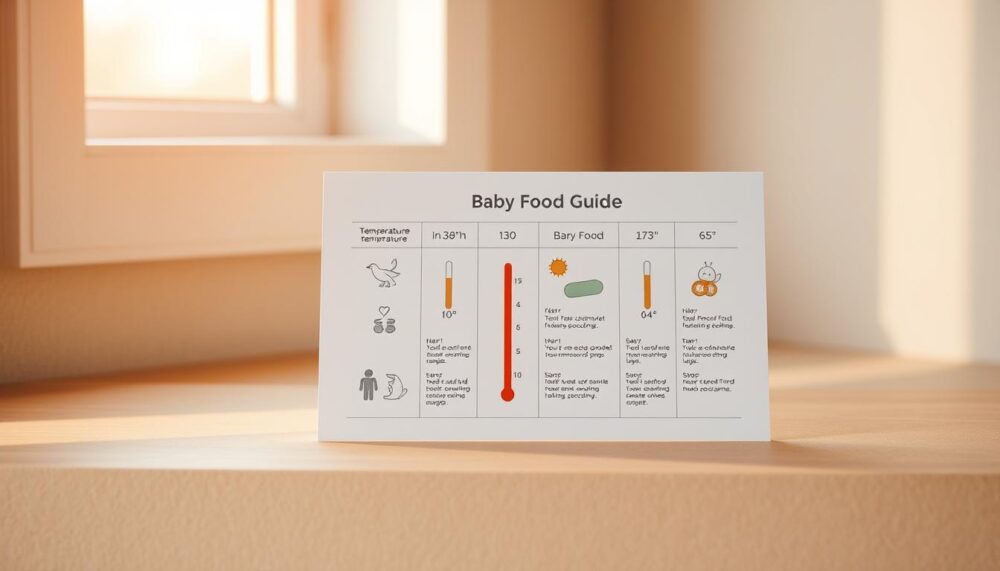
Why Proper Temperature Matters
Proper temperature control is vital when heating baby meals safely. Improper temperature control can lead to bacteria growth, causing foodborne illnesses. By following a baby food temperature guide, parents can lower the risk of these illnesses and keep their babies healthy.
Testing Food Temperature
Parents can test the temperature of baby food with a food thermometer. It’s important to check the food’s temperature before serving it to the baby. By following these guidelines and using a baby food temperature guide, parents can ensure their baby’s food is always safe, no matter the heating method.
Essential Equipment for Heating Baby Food
Heating baby food right is key. Baby food heating tips help a lot. You can pick from bottle warmers, thermoses, and microwave-safe containers. Look for safety, ease, and convenience when choosing.
A bottle warmer is a smart buy for quick and safe heating. Brands like Philips Avent and Dr. Brown’s are popular. Make sure it’s easy to clean and has different heat settings. Also, a thermos is handy for keeping food warm while you’re out.
When picking equipment, think about these important features:
- Safety features, like automatic shut-off and thermal control
- Easy-to-use interface and cleaning
- Multiple temperature settings and heating options
- Portability and convenience
By picking the right gear, parents can heat baby food safely and well. This follows the best tips for warming up baby food.
Different Methods to Heat Up Baby Food
Parents have many ways to reheat baby food. The goal is to pick a method that works well and keeps the food safe. You can use the stove, microwave, or other methods to warm up baby food.
Some popular ways to heat baby food include:
- Double boiler method: This involves placing the baby food in a heat-proof bowl over a pot of simmering water.
- Microwave heating: This method is quick and easy, but requires careful attention to avoid overheating. When using a microwave for baby food, it’s essential to follow the manufacturer’s guidelines and stir the food well after heating.
- Bottle warmer technique: This method uses a device specially designed to warm baby bottles and food to a safe temperature.
- Hot water bath method: This involves submerging the baby food container in a bowl of hot water, allowing it to warm up gradually.
Each method has its own benefits and drawbacks. For instance, stove top warming gives you more control over the temperature. On the other hand, the microwave is faster but needs more attention to avoid hot spots. By choosing the right method and following proper guidelines, parents can ensure their baby’s meals are safe and nutritious.
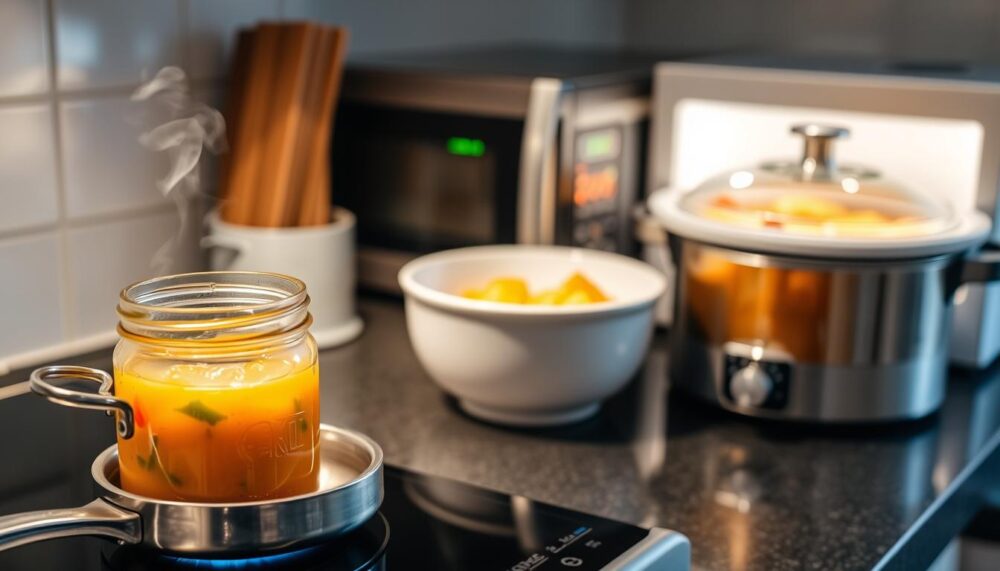
Storage Guidelines Before Heating
Storing baby food properly is key before heating. It keeps the food safe and of good quality. Baby food heating tips include storing correctly. This step is vital to avoid spoilage and foodborne illnesses.
To store baby food safely, use airtight containers. Label them with the date and what’s inside. This helps parents keep track of their food and use the oldest first. Here are some storage tips to follow:
- Refrigerate baby food at 40°F (4°C) or below.
- Freeze baby food at 0°F (-18°C) or below.
- Label and date all stored baby food containers.
- Use airtight containers to prevent contamination and spoilage.
By following these guidelines, parents can keep their baby’s food safe and fresh. This makes it easier to prepare healthy meals. Always check the food’s temperature before serving. Never leave it at room temperature for too long. With these baby food heating tips and storage tips, parents can ensure their baby’s food is always safe and healthy.
Common Mistakes When Warming Baby Food
Parents often make mistakes when warming baby food. A baby food temperature guide is key to avoid these errors. It helps ensure the food is not too hot or too cold for the baby.
One big mistake is overheating or underheating the food. This can cause uneven heating issues. To avoid these mistakes, parents should follow a few simple tips.
Always check the food’s temperature before feeding it to the baby. Use a food thermometer or test it with your wrist. If it’s too hot, let it cool down for a few minutes. It’s also vital to use a baby food temperature guide to ensure the food is safe.
- Leaving the food unattended while it’s being heated, which can lead to overheating or underheating.
- Not stirring the food properly, which can cause hot spots and uneven heating.
- Not storing the food properly before heating, which can lead to contamination and foodborne illness.
By knowing these common mistakes and avoiding them, parents can ensure their babies are fed safely and healthily. Always follow ababy food temperature guide and heat the food safely to avoid risks.
Special Considerations for Different Types of Baby Food
When heating up baby food, parents must think about each food type’s special needs. Purees, cereals, and meats need different methods to heat safely and evenly. Knowing these differences is key to a healthy diet for babies.
To heat up baby food safely, follow some basic baby food heating tips. For purees, stir well and check the temperature before serving. Cereals take a bit longer to heat, while meats must reach 165°F (74°C) to avoid illness.
Here are some specific considerations for different types of baby food:
- Purees: Stir well and check temperature before serving
- Cereals: Heat for a few minutes, stirring occasionally, until warm and creamy
- Meats: Cook to an internal temperature of at least 165°F (74°C) to prevent foodborne illness
By following these baby food heating tips and considering each food type’s needs, parents can ensure their baby’s meals are safe and healthy. Always prioritize proper food safety and handling when heating up baby food.
Best Practices for Reheating Leftover Baby Food
When reheating baby food, safety is key. It’s important to use methods that prevent spoilage and foodborne illnesses. Using a microwave or a double boiler is best because they heat evenly and keep nutrients in the food.
It’s also vital to store leftover baby food properly. Label and date the food so you can track it. This helps avoid spoilage and ensures the food is safe to reheat.
Safety Timeline for Leftovers
Refrigerate leftover baby food within two hours of making it. Use it within three to five days. When reheating, make sure it reaches 165°F (74°C) to kill bacteria.
Proper Storage Between Feedings
Use airtight containers for storing baby food in the fridge. Keep it at 40°F (4°C) or below. Frozen baby food lasts up to three months. Reheat frozen food to the right temperature to avoid illness.
By following these tips, you can make sure your baby’s food is safe and healthy. Always check the food’s temperature before serving. And never leave it out for too long.
Tips for Heating Baby Food on the Go
Traveling with your baby means you need a plan for warming their food safely. Portable warming solutions like thermoses or travel warmers are great. They keep food warm even when you’re not at home. Follow these baby food heating tips to keep meals warm and healthy.
Popular options include thermoses and travel warmers with temperature controls. These keep food at a steady warm. Choose one that’s easy to carry and use.
Portable Warming Solutions
- Thermoses with insulated containers
- Travel warmers with built-in temperature controls
- Portable baby food warmers with carrying cases
It’s also key to follow travel safety tips. Always check food temperature before feeding. Never leave food unattended while heating. With the right gear and planning, you can enjoy warm meals with your baby anywhere.
Travel Safety Guidelines
Always put your baby’s safety first when heating food on the go. The right tools and planning ensure safe, healthy, and warm meals for your baby.
| Portable Warmer | Temperature Control | Insulation |
|---|---|---|
| Thermos | Yes | Double-walled insulation |
| Travel Warmer | Yes | Insulated container |
| Portable Baby Food Warmer | No | Single-walled insulation |
When to Serve Baby Food at Room Temperature
Many parents wonder if it’s okay to serve baby food at room temperature. The answer is yes, but with some rules. It’s important to check the food’s temperature before serving. A baby food temperature guide can help with this.
Some baby foods are okay at room temperature, while others need to be warmed up. For example, fruits and veggies are fine at room temperature. But, meat and poultry must be heated to 165°F (74°C) or more. For more info on how to heat up baby food, talk to a pediatrician or a trusted baby food website.
Here are some tips for serving baby food at room temperature:
- Always check the expiration date and the condition of the food before serving.
- Store baby food in a cool, dry place, away from direct sunlight.
- Use a baby food temperature guide to ensure the food is at a safe temperature.
By following these tips and using a baby food temperature guide, you can give your baby a safe and healthy meal. Always put your baby’s health and safety first. If you have any questions about how to heat up baby food or serving it at room temperature, ask a pediatrician.
Conclusion: Ensuring Safe and Proper Baby Food Warming
Heating baby food right is key to keeping your child safe and healthy. By following the tips in this article, you can give your baby nutritious meals. These meals are safe from harmful bacteria.
Using a double boiler, microwave, or bottle warmer, check the temperature. Make sure it’s even to avoid hot spots. Also, remember to store food properly to keep it safe and fresh. Learning how to heat baby meals safely and warm up baby food properly is important. It helps your baby start life off right with healthy, nourishing meals.
FAQ
What is the proper temperature range for heating baby food?
The ideal temperature for heating baby food is between 165°F and 180°F. This range ensures the food is hot enough to kill bacteria but not so hot it burns your baby’s mouth or throat.
Why is it important to test the temperature of heated baby food?
Testing the temperature of baby food is key to prevent burns. It also helps avoid foodborne illnesses. This ensures the food is safe for your baby to eat.
What type of equipment is best for heating baby food?
The best tools for heating baby food include bottle warmers, microwave-safe containers, and double boilers. These tools help heat the food evenly and safely.
How can I heat up baby food on the stove?
Use the double boiler method to heat baby food on the stove. Place the food in the top pan and heat the water in the bottom. Stir occasionally until the food is hot. This method prevents overheating.
How long can I store leftover baby food in the refrigerator?
Leftover baby food can stay in the fridge for up to 3 days. Store it in an airtight container and label it. When reheating, make sure it reaches 165°F to kill bacteria.
Can I reheat baby food in the microwave?
Yes, you can reheat baby food in the microwave safely. Use a microwave-safe container, cover it, and heat in short bursts. Stir often until it’s hot. Always check the temperature before serving.
How can I heat up baby food while traveling?
Use a portable warmer or thermos to keep baby food warm while traveling. You can also pack a cooler with ice packs. Avoid leaving food at room temperature for more than 2 hours.
Is it ever safe to serve baby food at room temperature?
Some baby foods, like pureed fruits and veggies, can be served at room temperature if stored properly and not out for more than 2 hours. But, it’s safer to heat the food to the proper temperature before serving.

